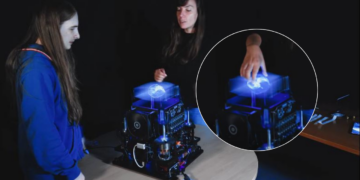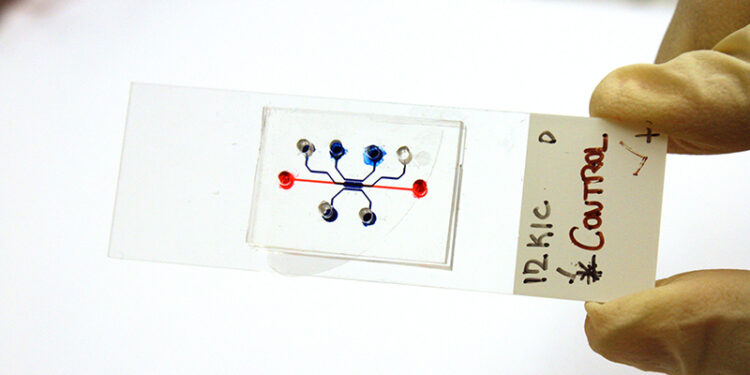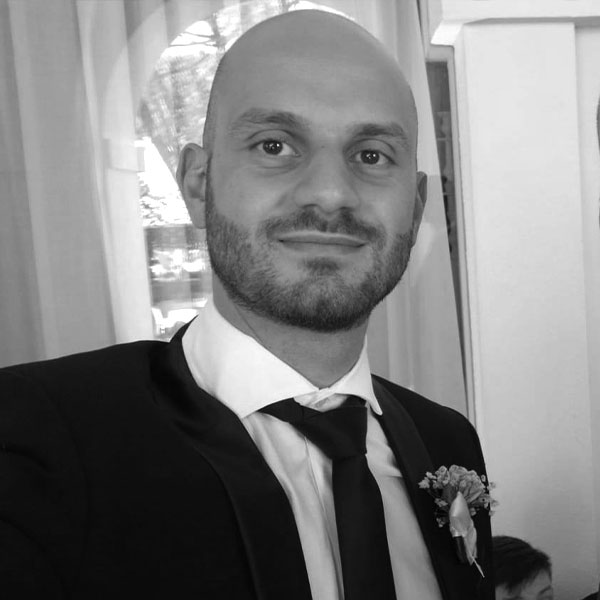The invention, developed at Purdue University, allows you to observe the interaction over time between cancer cells and different medicines
Pancreatic cancer is one of the most aggressive in existence. Patients have only a 10% chance of survival in the 5 years following diagnosis. The low expectation is mainly due to the resistance of this cancer to chemotherapy. Past studies suggest that resistance to treatment is given by a different development of cancer cells over time and by the interaction between different subtypes. The variety of cell types makes it complex to identify the appropriate therapy, complicating life for doctors. Purdue University has invented a “time machine” for the analysis of pancreatic cancer. The device can test potential therapies and drug mixes on different subtypes of cancer cells simultaneously.
Data on the proposed method are published in an article in the journal Lab on a Chip. “The drug discovery and screening process has been using one cancer cell subtype and studying how it interacts with neighboring non-cancer cells, but this may overestimate the efficacy of the drug”, said Bumsoo Han, a Purdue professor of mechanical engineering and program leader of the Purdue Center for Cancer Research. “By condensing time to look at how cancer cells interact within a pancreatic tumor, we found that one cancer cell subtype can not only be more drug-resistant than the others, but drug-sensitive cells can also become resistant through interaction between the subtypes”.
The test is a microfluidic device consisting of thin rubber strips. The tumor cells are grown in small tubes less than a millimeter in diameter and realistically simulate a biological system. The researchers were able to cultivate cells before the genetic mutation took place, thus obtaining a direct and precise feedback on the development of the tumor. The use of these tests is still to be validated for use in men but can reduce the time needed to develop new drugs, offering a new approach to research. The device, with a patent pending. can also be used for other types of cancer with multiple subtypes, providing another powerful tool for researchers.
You may also be interesed in -> From today, esophageal cancer can be detected with a breath test

































